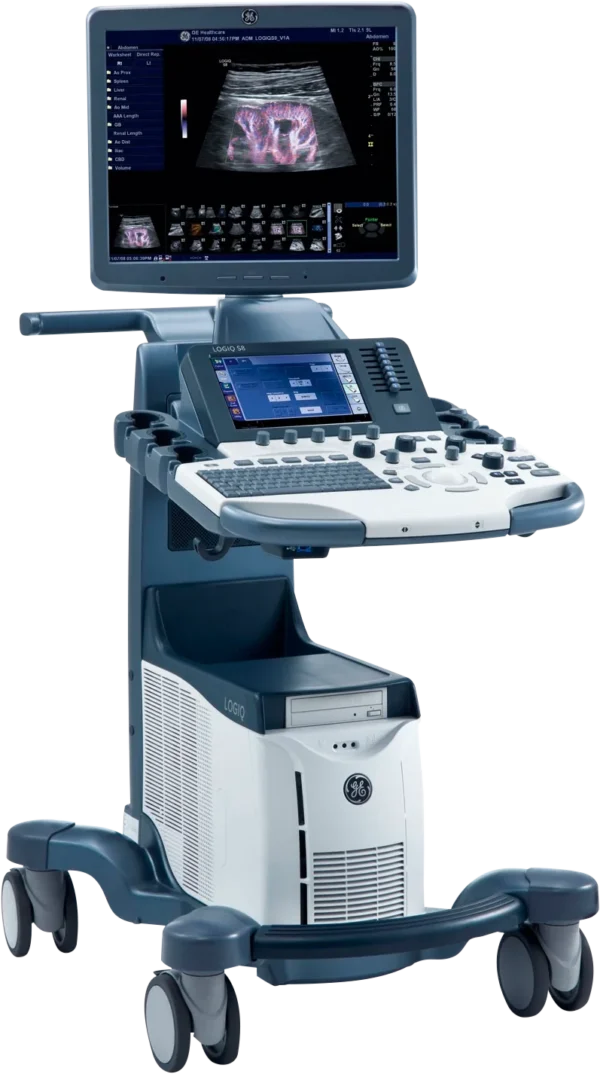Foundational Ultrasound Principles
ULTRASOUND TESTS
Master the fundamentals and advanced techniques of ultrasound with our comprehensive training course..
Contents INFO
An educational program aimed at enhancing ultrasound knowledge and
hands-on skills for healthcare professionals, with a focus on specific anatomical
and pathological areas, ensuring practical and theoretical improvement in
ultrasound diagnostics. To upskilling the ultrasound technique for all ultrasound
worker.
Methodology
- Lectures: Didactic sessions covering theoretical aspects and ultrasound guidelines for specic organ systems and pathologies.
- Hands-on Sessions: Practical demonstrations and guided scanning to improve technical and interpretive skills.
- Interactive Case Discussions: Real-life cases to reinforce learning and application of knowledge.
- Quizzes: To assess understanding and reinforce key learning objectives.

OBJECTIVE:
- To provide comprehensive knowledge and practical
skills in various ultrasound assessments.
- To ensure understanding and practical implementation
classification and other ultrasound protocols.
- To foster condence in identifying normal and variant
anatomical structures and scanning techniques.
Participants will be better equipped to:
- Perform high-quality scans, improving diagnostic accuracy.
- Condently handle the ultrasound machine and probes.
- Interpret ultrasound ndings and decide when further action is
necessary, such as biopsies.
Program Outline
Thyroid Upskilling Scan and TI-RADS Classification
- a. Lecture Content:
- 1. History of Ultrasound A brief introduction to the evolution of ultrasound technology over the last few decades, from A-mode to modern high-resolution real-time imaging.
- 2. Ultrasound Knobology and Probe Features Overview of key controls (gain, depth, frequency, focus) and probe types, specically the high-frequency linear probe used for thyroid scans.
- 4. TI-RADS for Thyroid Nodule Characteristics Explanation of the TI-RADS scoring system, its importance in categorizing thyroid nodules, and criteria such as composition, echogenicity, margins, and calcications. (Detailed review with examples of benign vs suspicious nodules)
- 5. Case Discussions Review of real-life cases highlighting various TI-RADS scores, decisions on follow-ups, and biopsies.
b. Hands-on Sessions:
- 1. Handling the Ultrasound Machine How to eciently handle the ultrasound system, set up the probe, adjust machine settings for optimal image quality, and navigate dierent modes such as Doppler.
- 2. Thyroid Protocol Step-by-step guide to performing a thorough thyroid scan, including patient positioning, scanning planes (transverse and longitudinal), and ensuring clear imaging of the isthmus and lobes.
- 3. Scanning Technique Explanation of proper scanning techniques for thyroid nodules, emphasizing slow, systematic scanning to identify smaller nodules and suspicious areas.
- 4. Normal Neck Component Appearance Sonographic characteristics of normal neck structures, including lymph nodes, thyroid gland, blood vessels, and anatomic landmarks used in lymph node mapping for surgical planning.
Additional Considerations:
- Audience: Radiologists, sonographers, Residents, physicians, medical trainees, nursing and Allied health workers interested in advanced ultrasound diagnostics.
- CME Credits: Ensure the program is accredited for Continuing Medical Education (CME) points to attract more healthcare professionals.
- Accredited certicate from medical authorized organization.
- Online Attendance: Live-streaming options with interactive features for remote learners.
- Marketing: Advertise via hospital newsletters, medical forums, social media, and partnerships with ultrasound equipment providers.
Duration :
2 Days
Venue :
ARAMTEC – ABU DHABI,
dedicated ultrasound training labs AVAILABLE.
Online :
streaming can be provided for remote attendees.
Certicate :
CERTIFICATE - AL REYADAH AL MUTAKADEMA FOR TRAINING EDUCATIONAL CONSULTING
ACTVET Abu dha Centre for Technical & Vocational Education and Training
